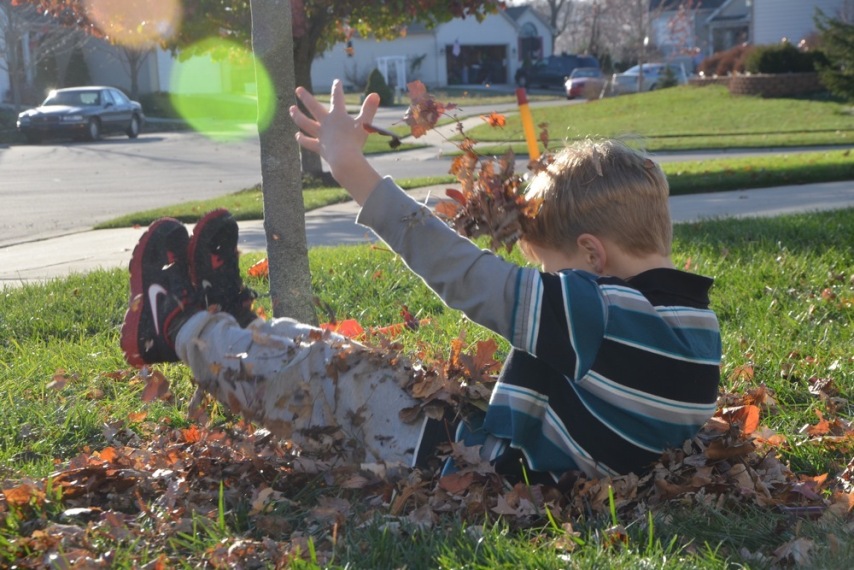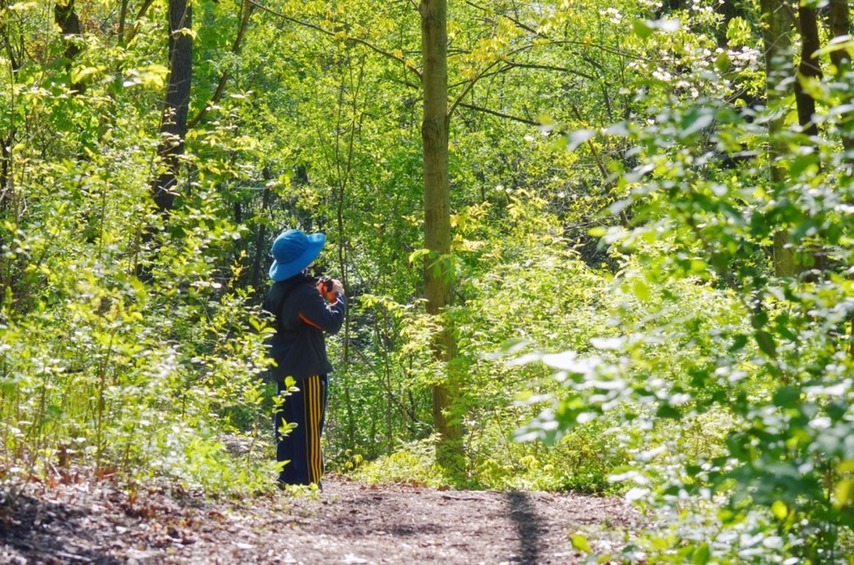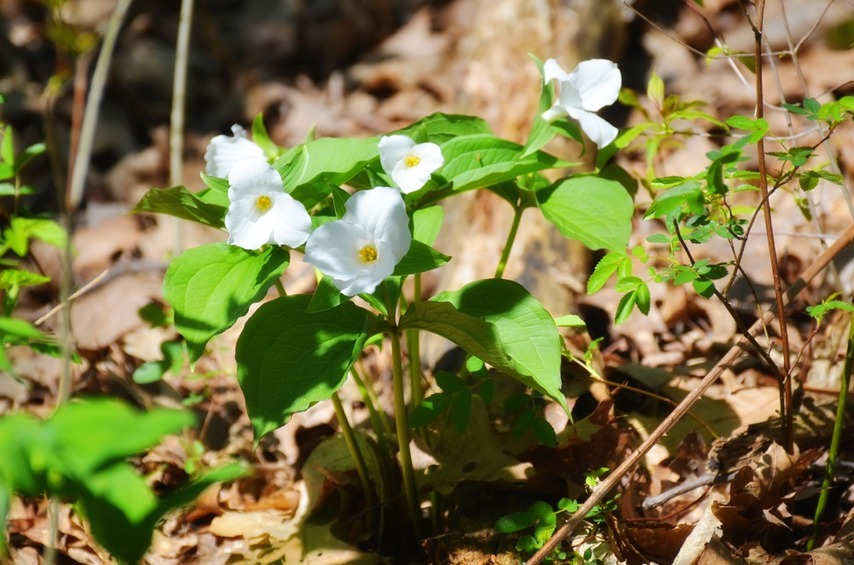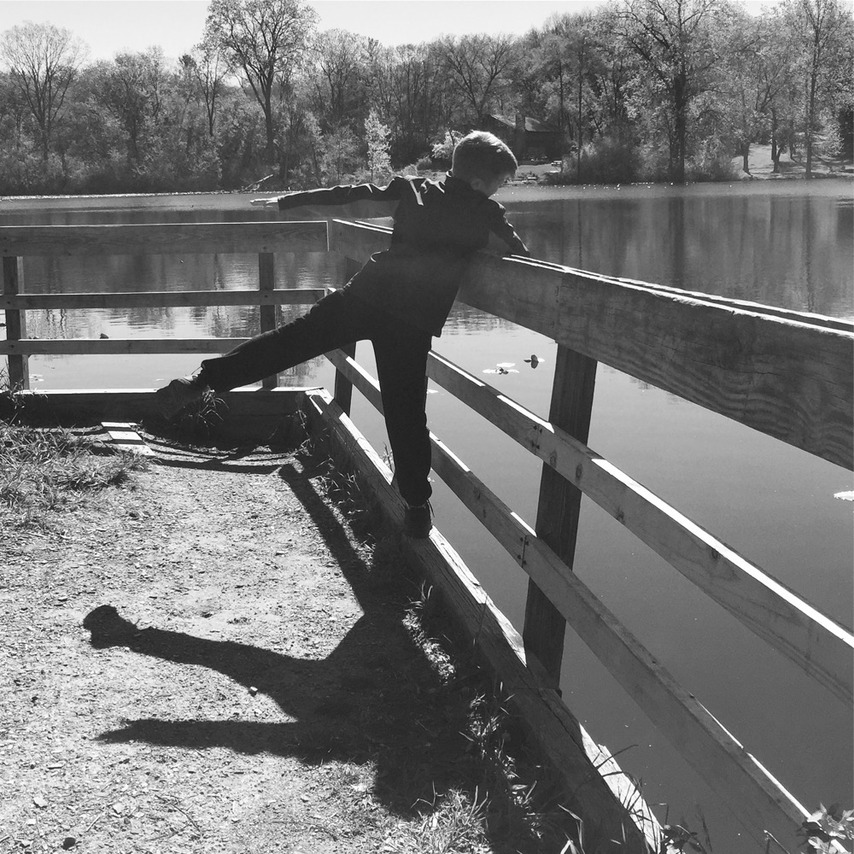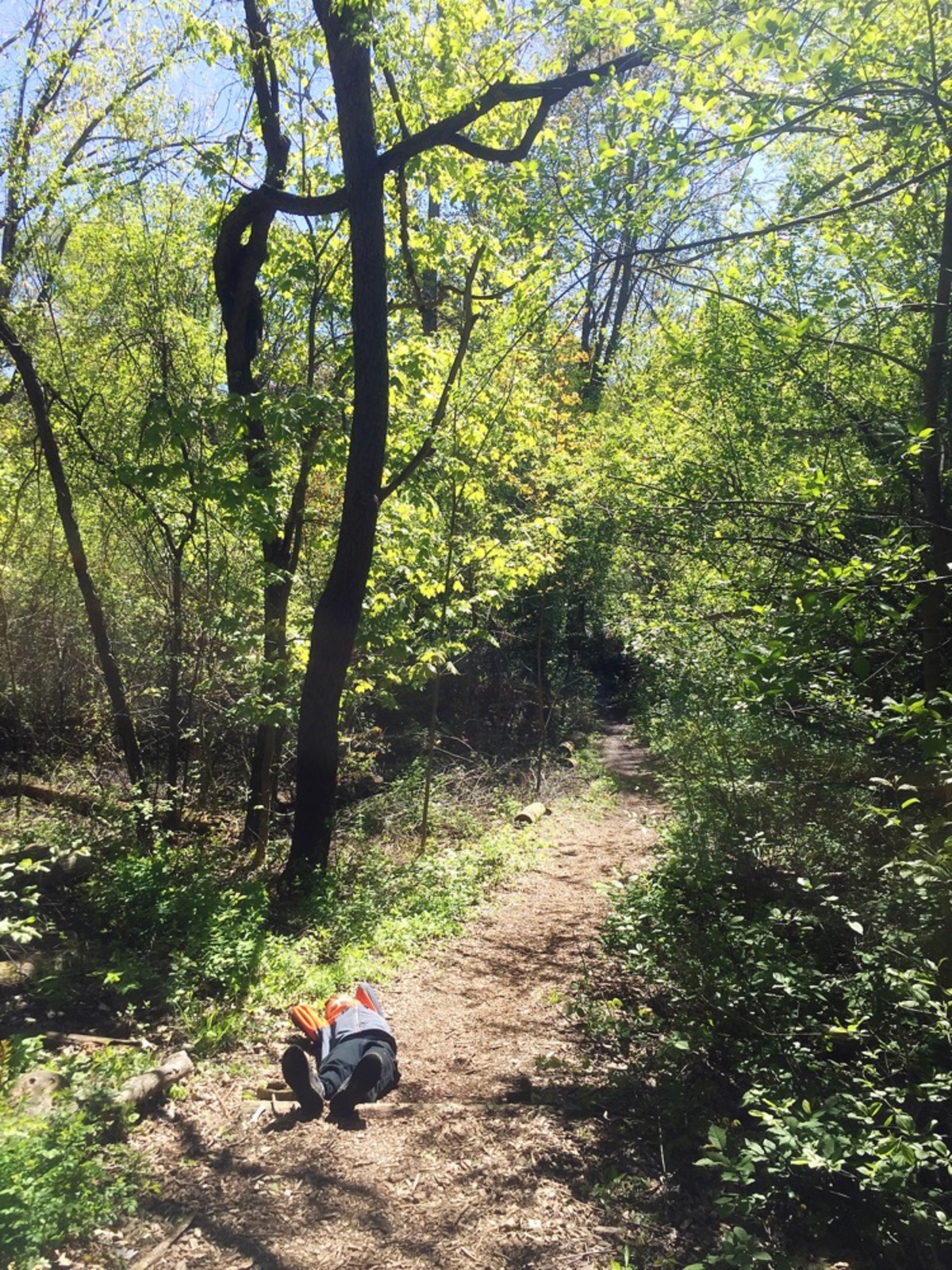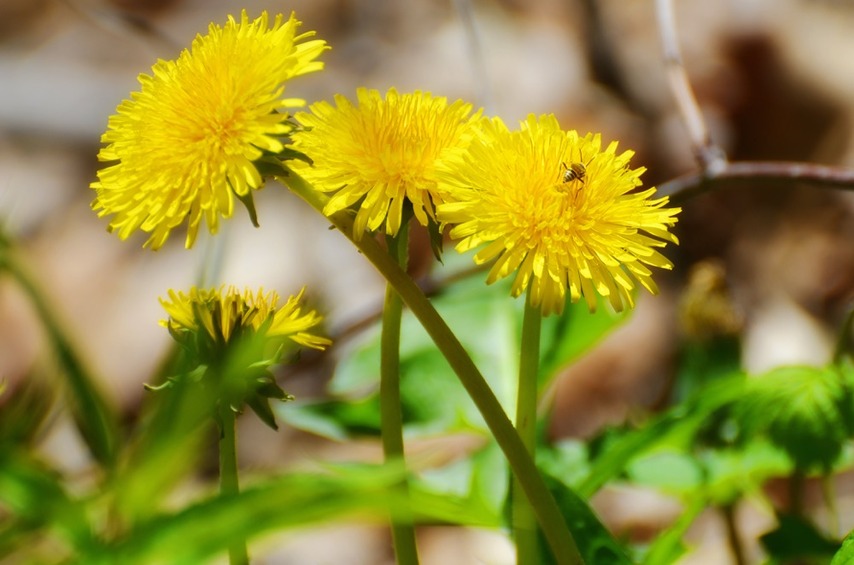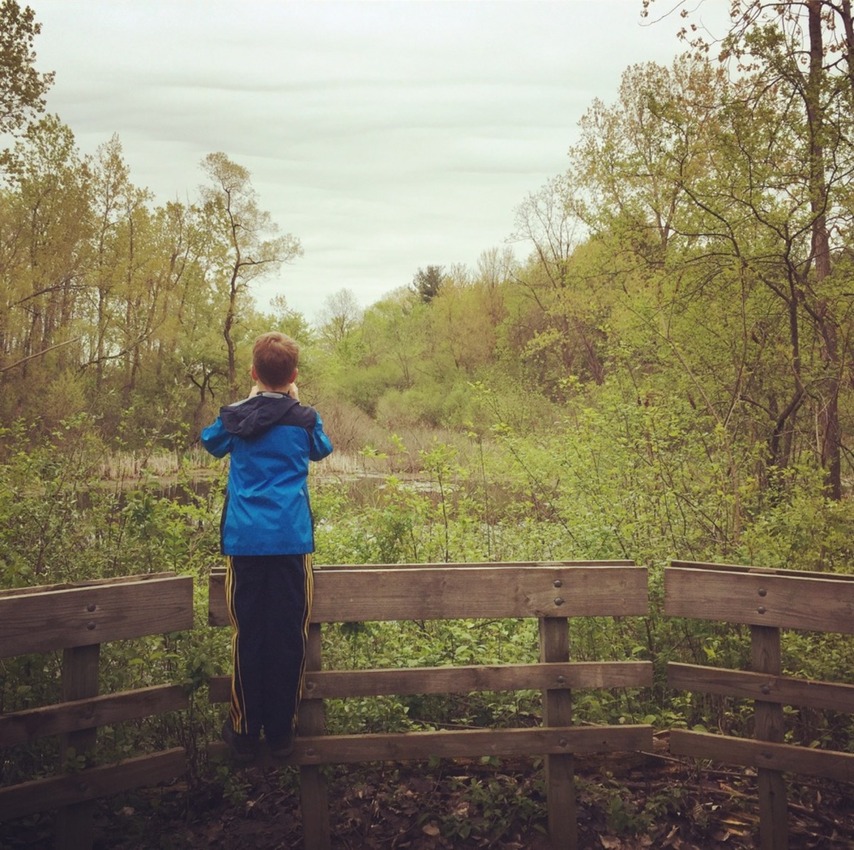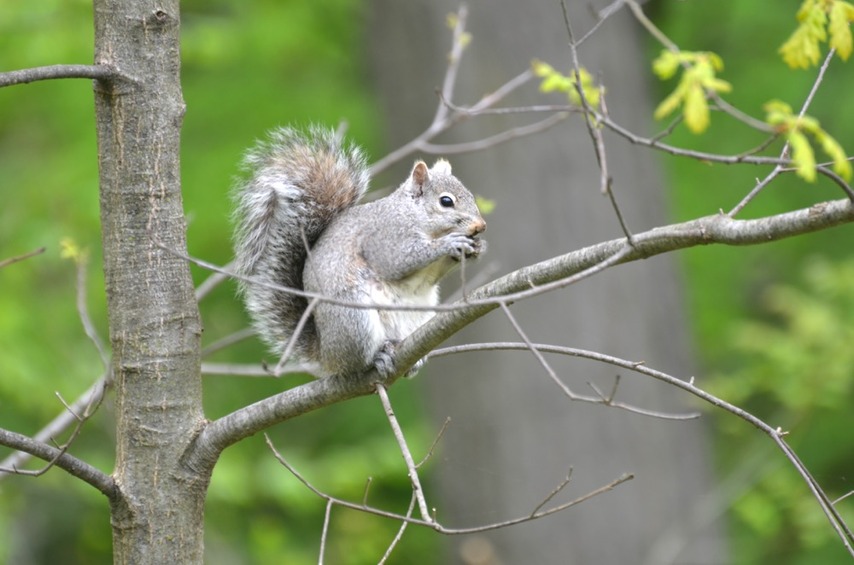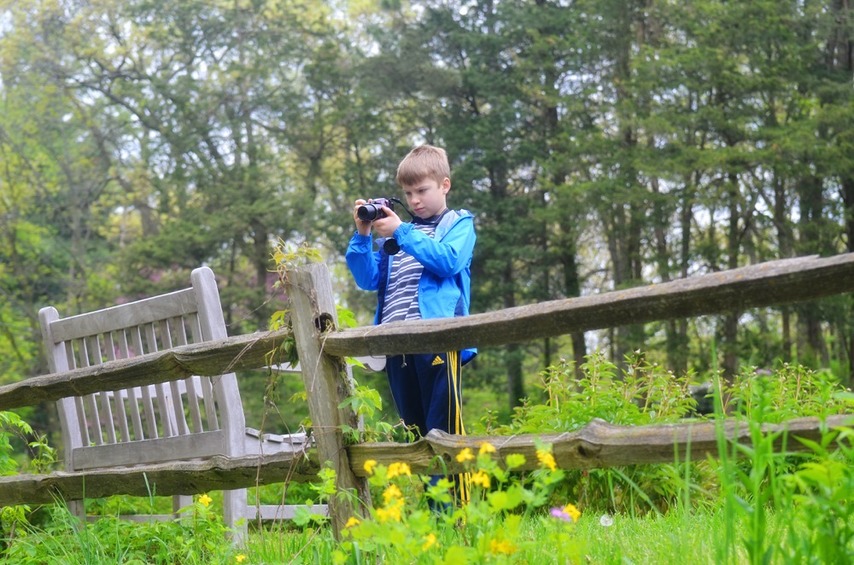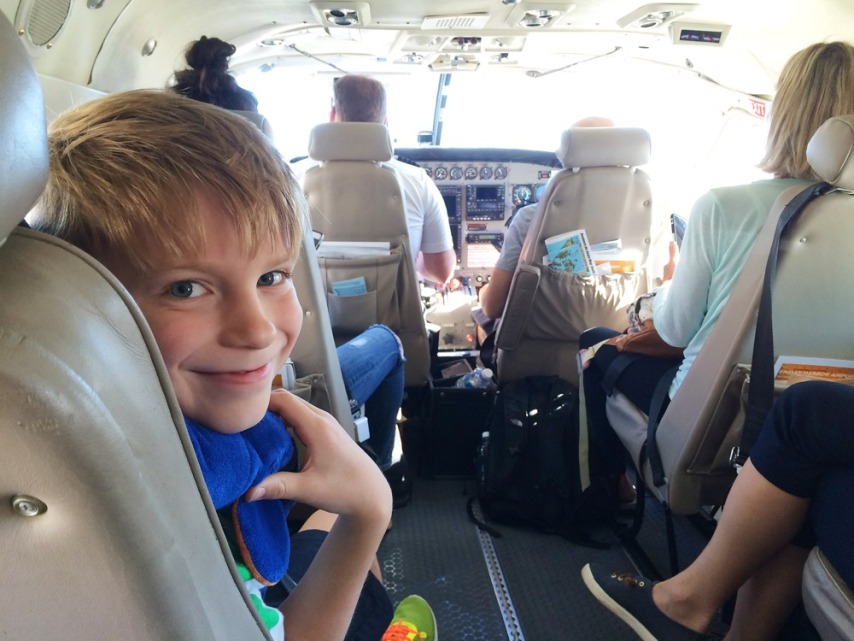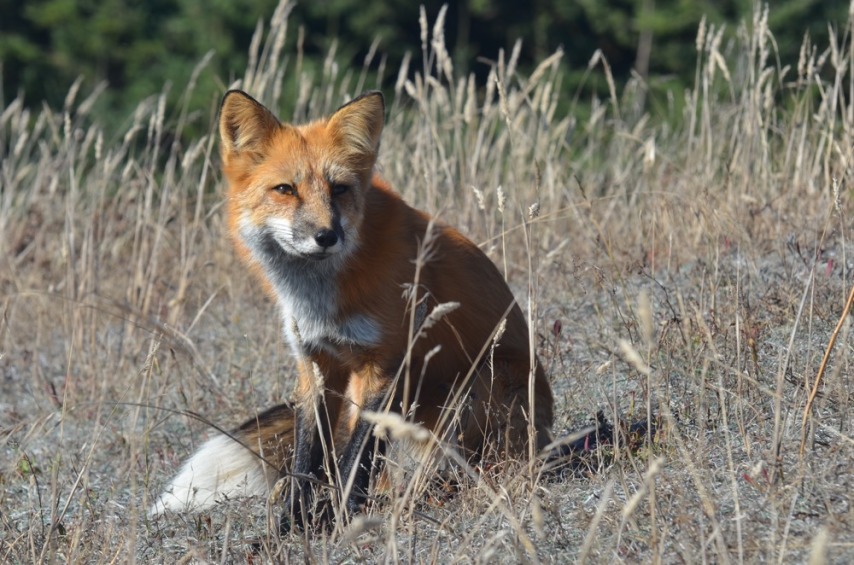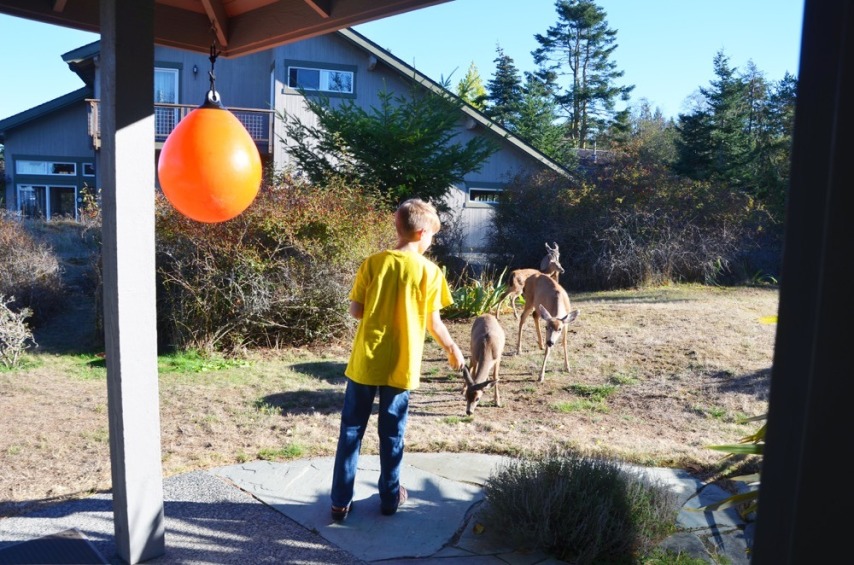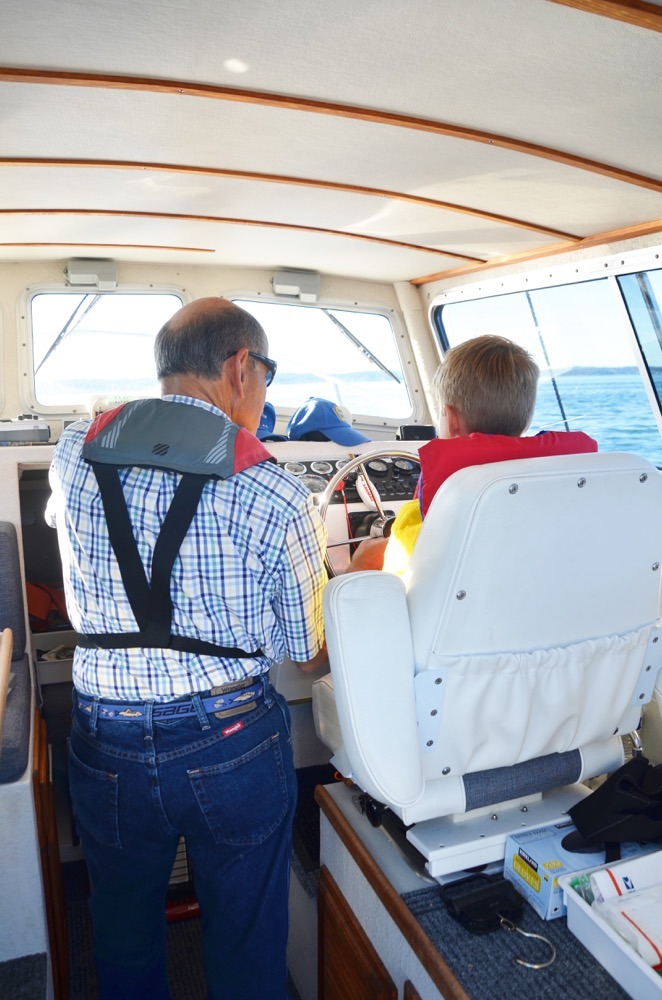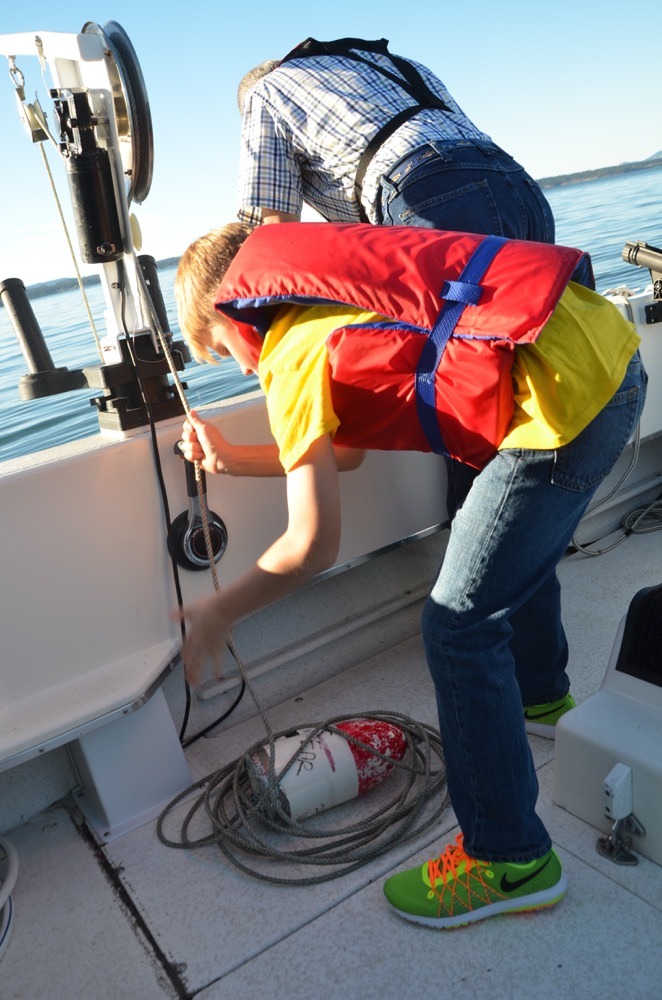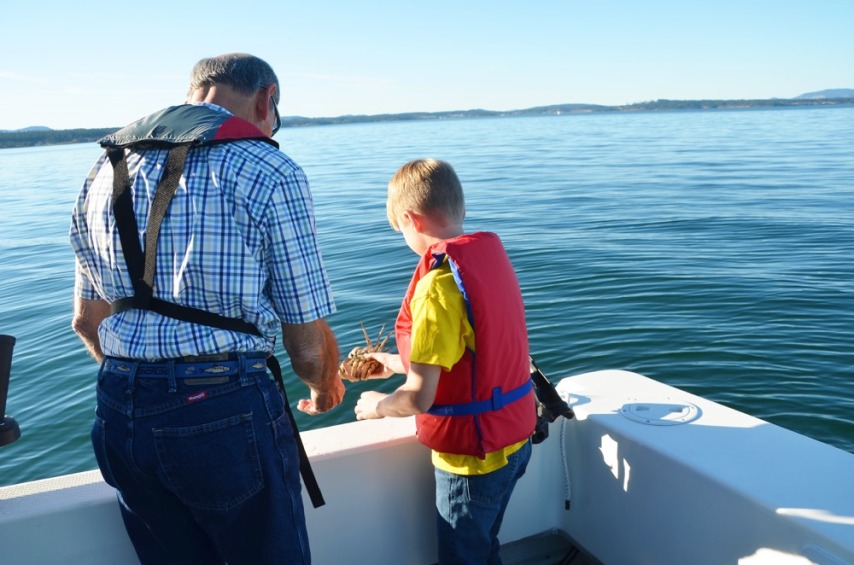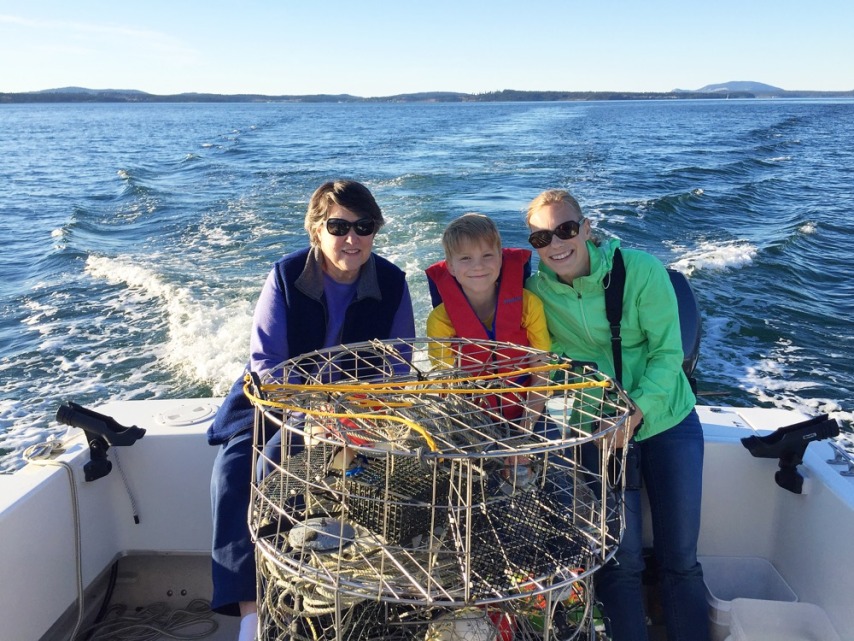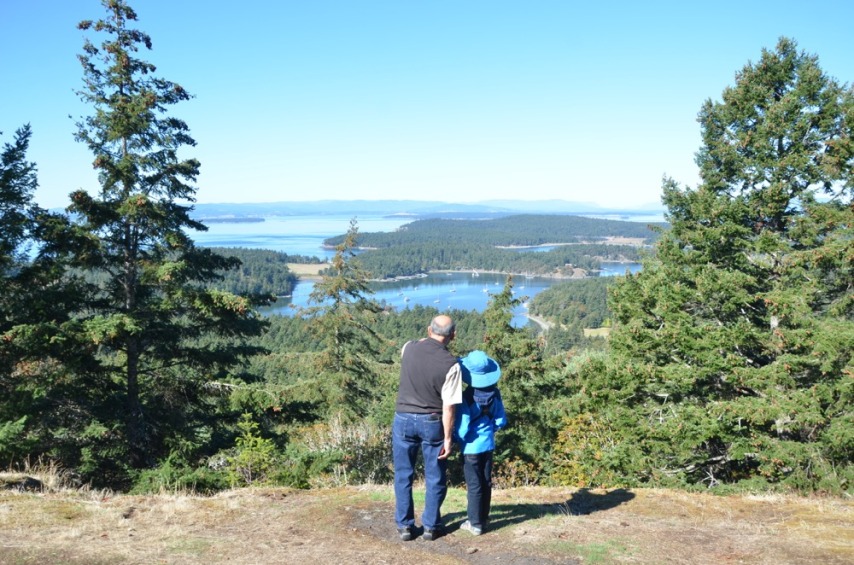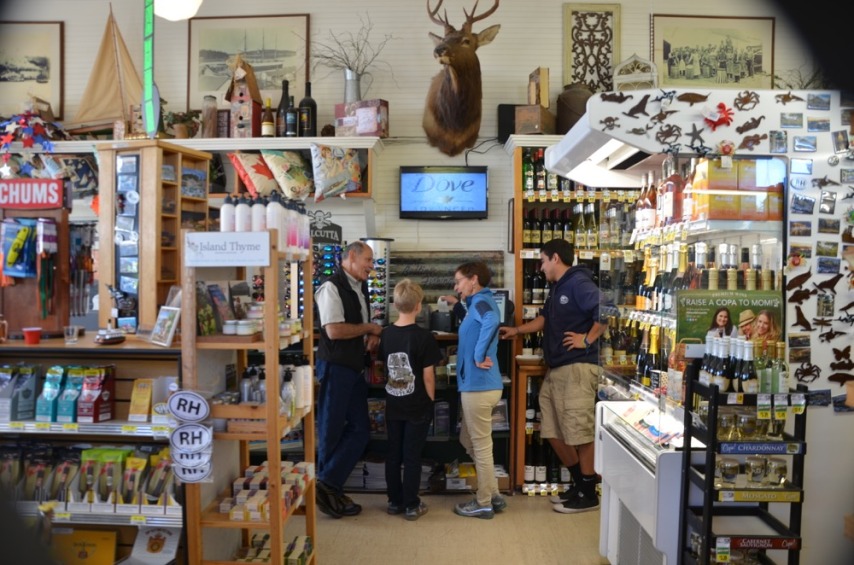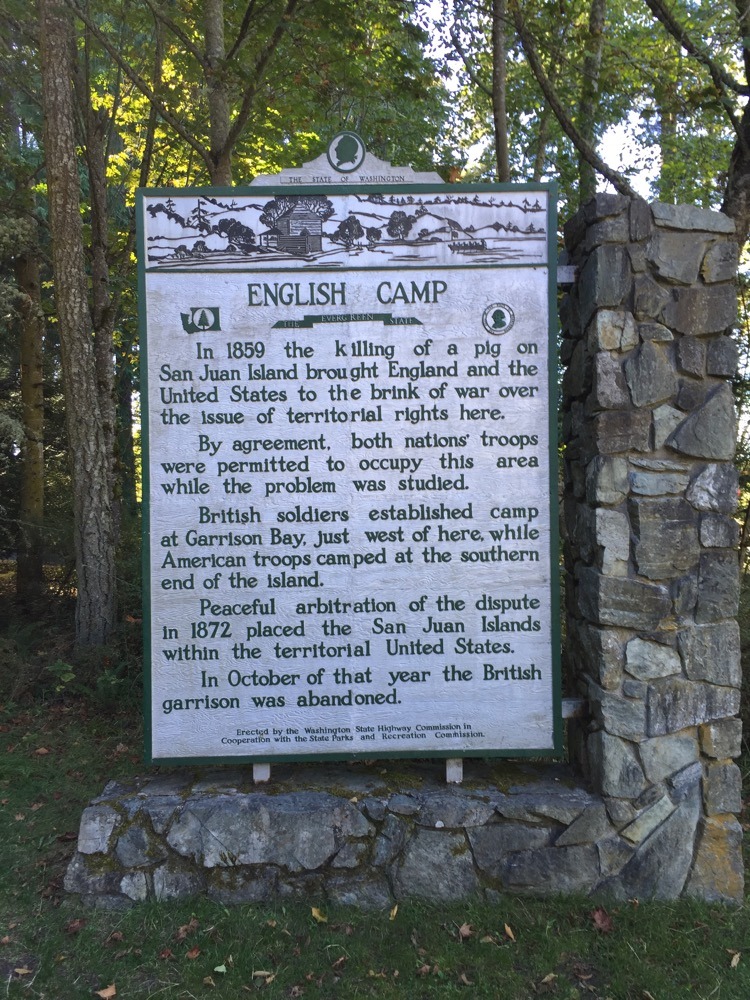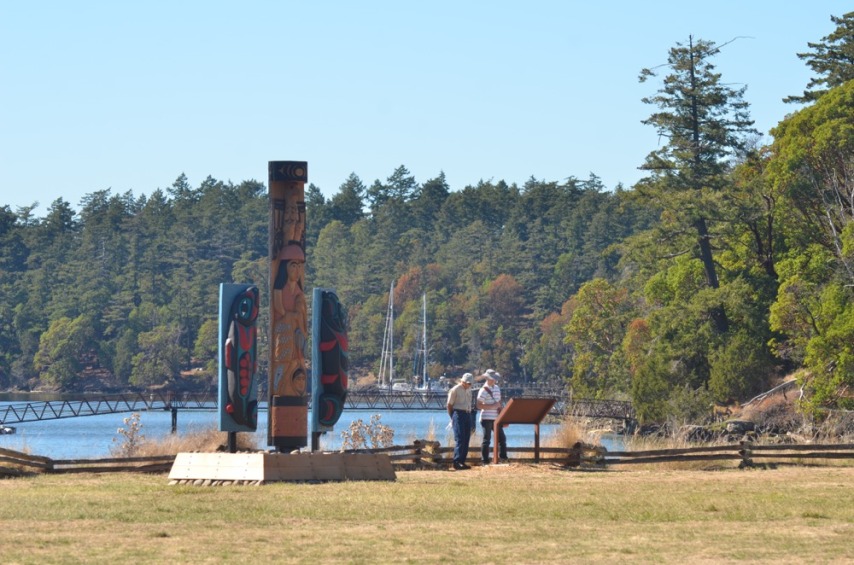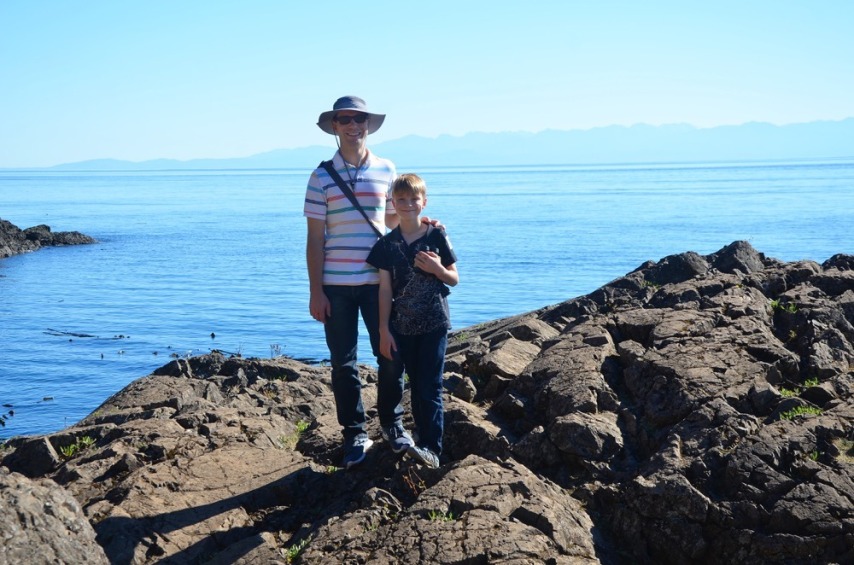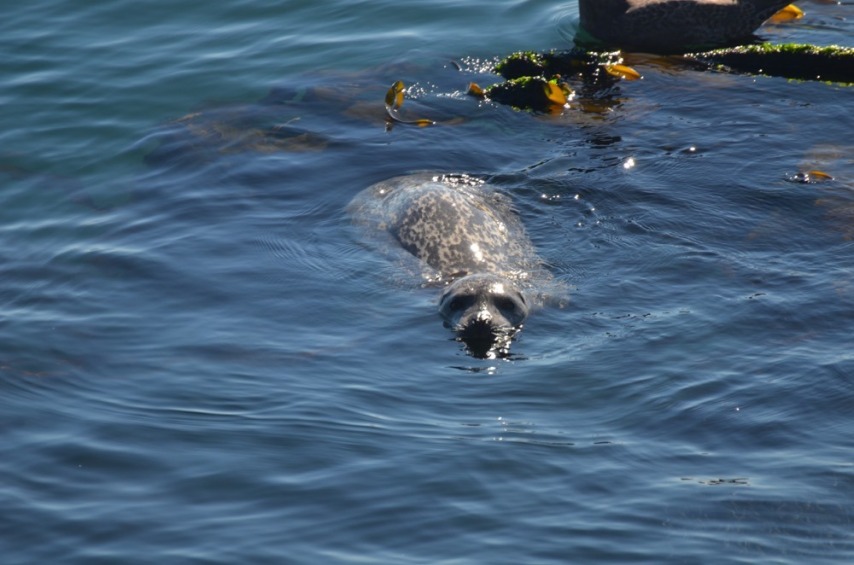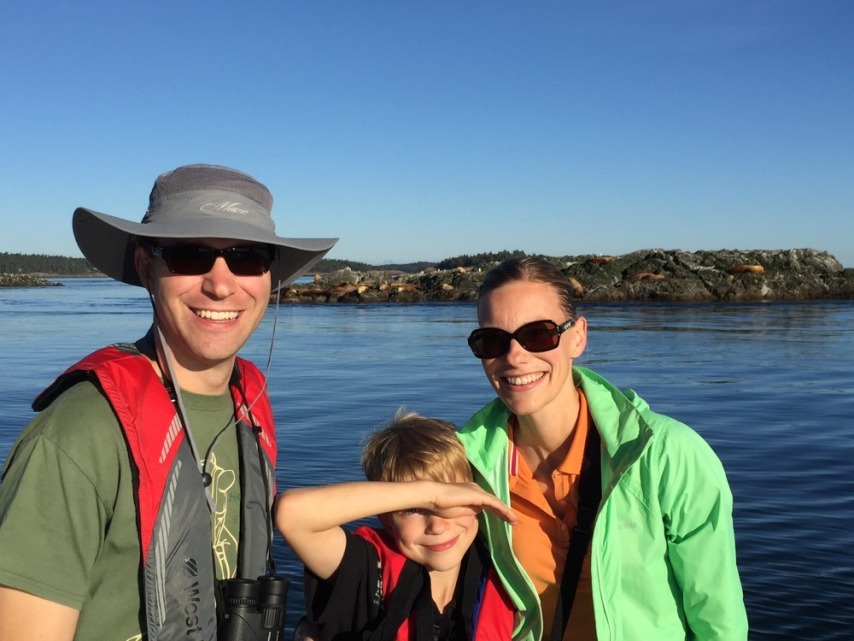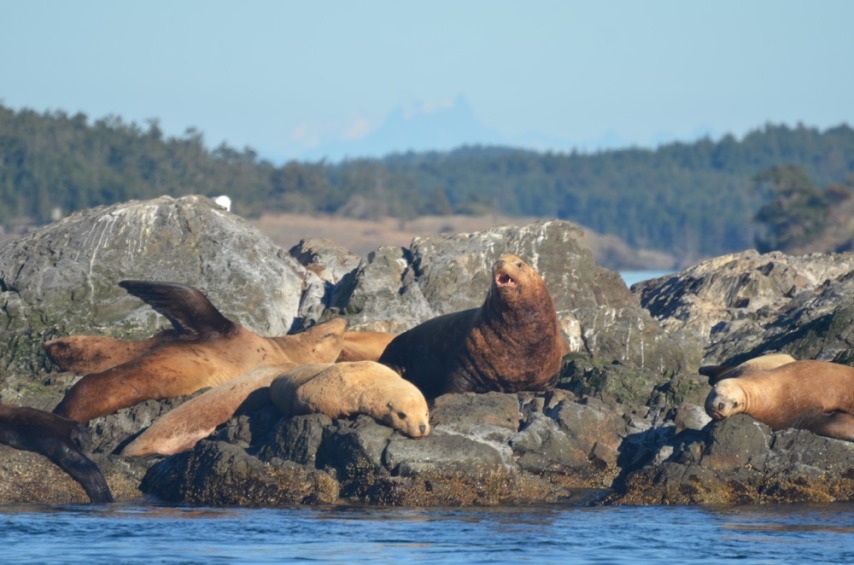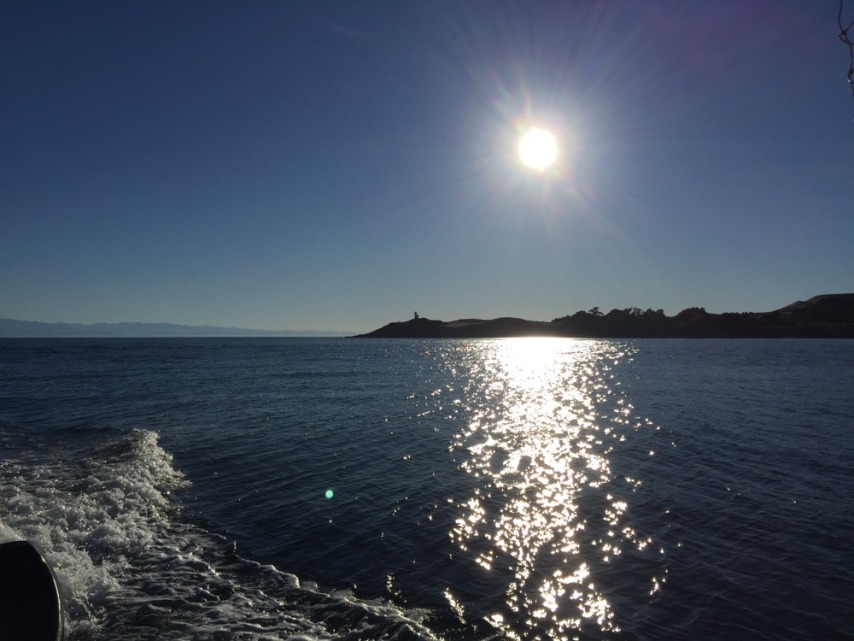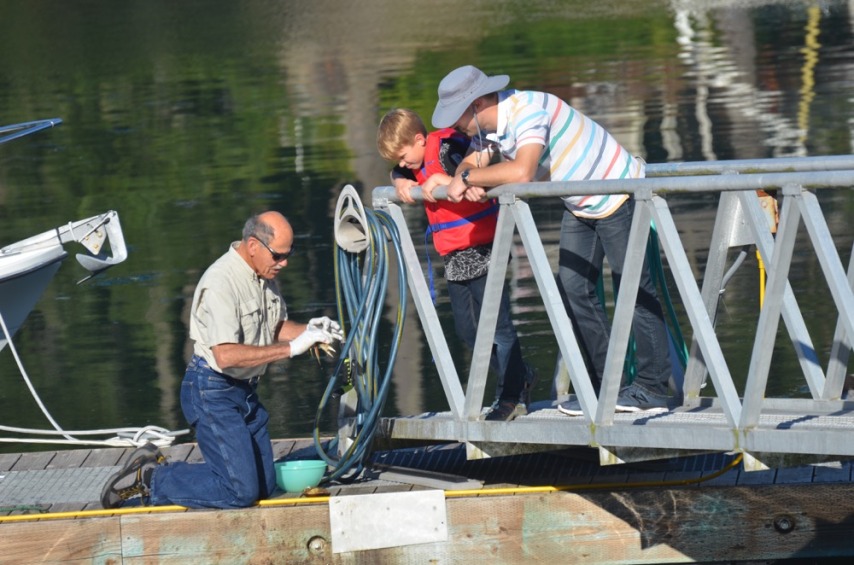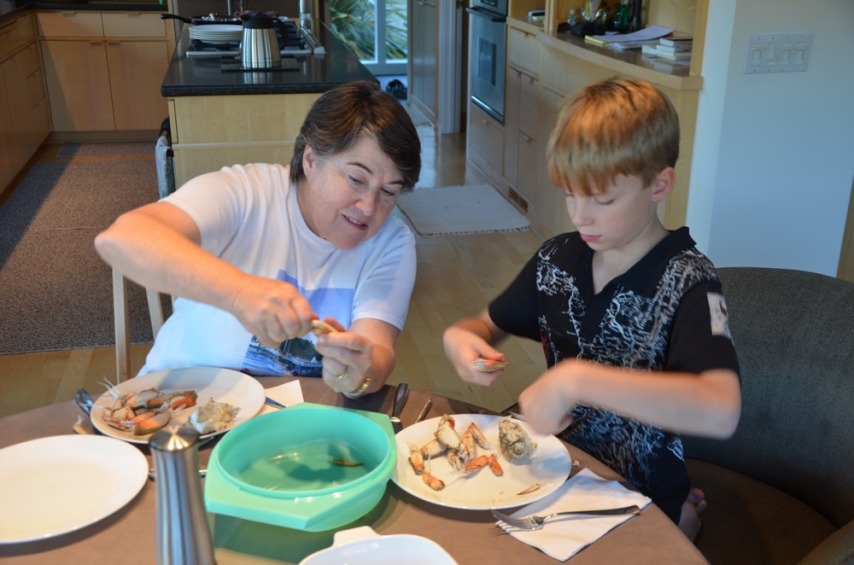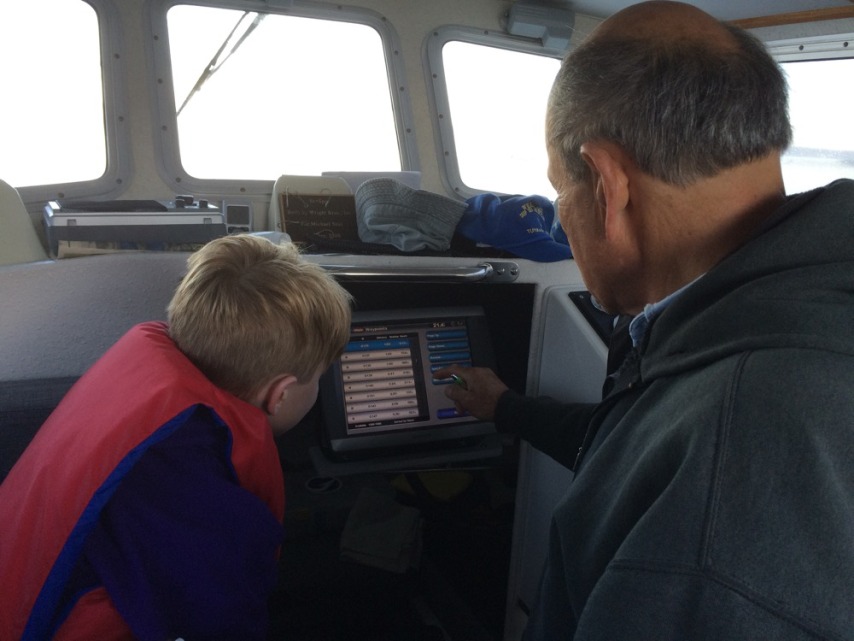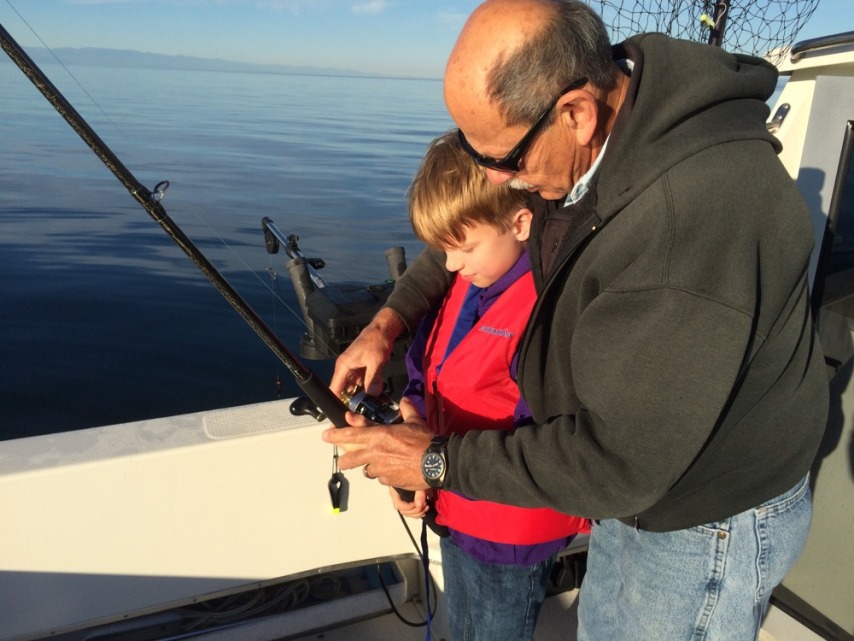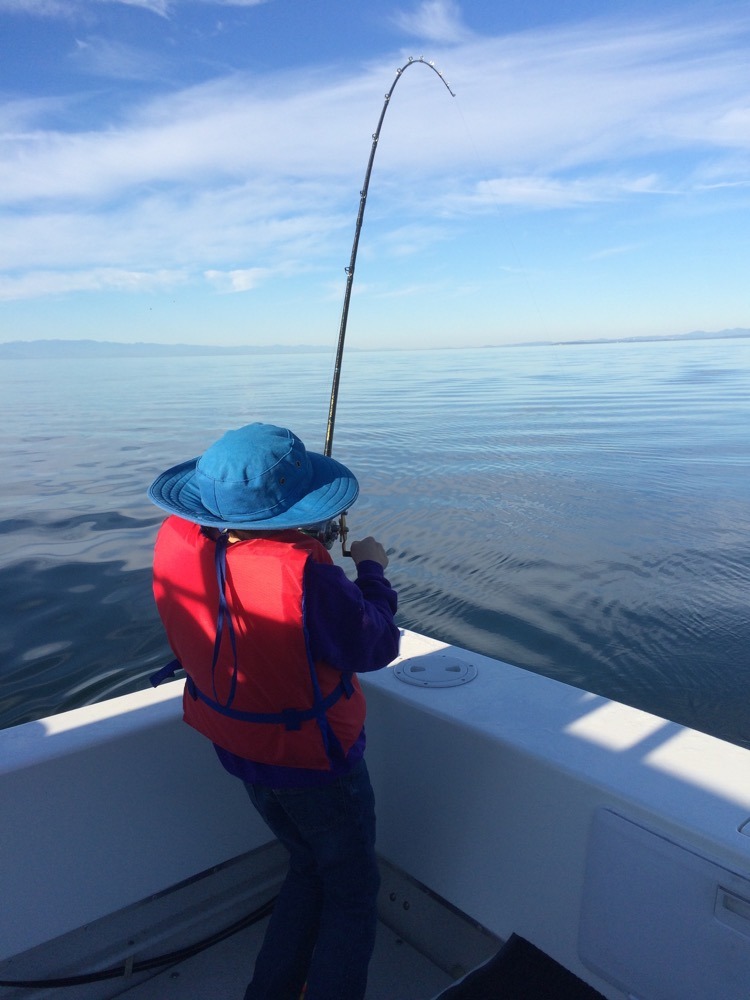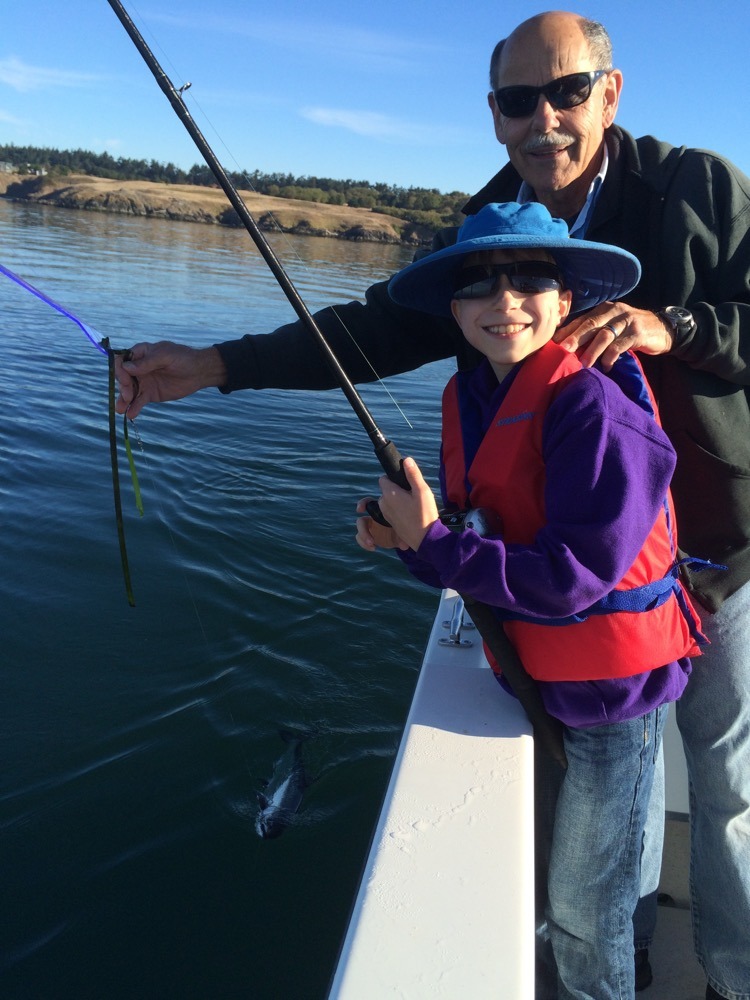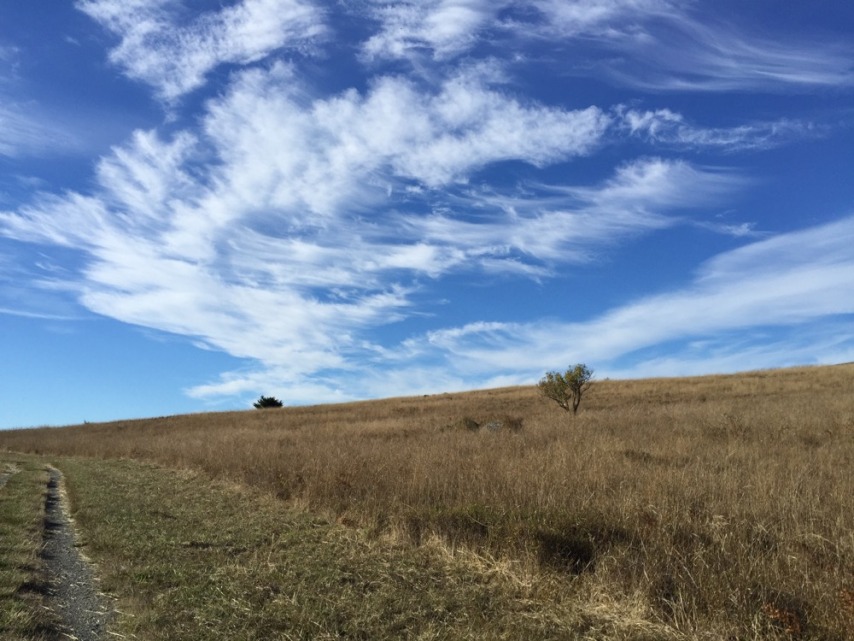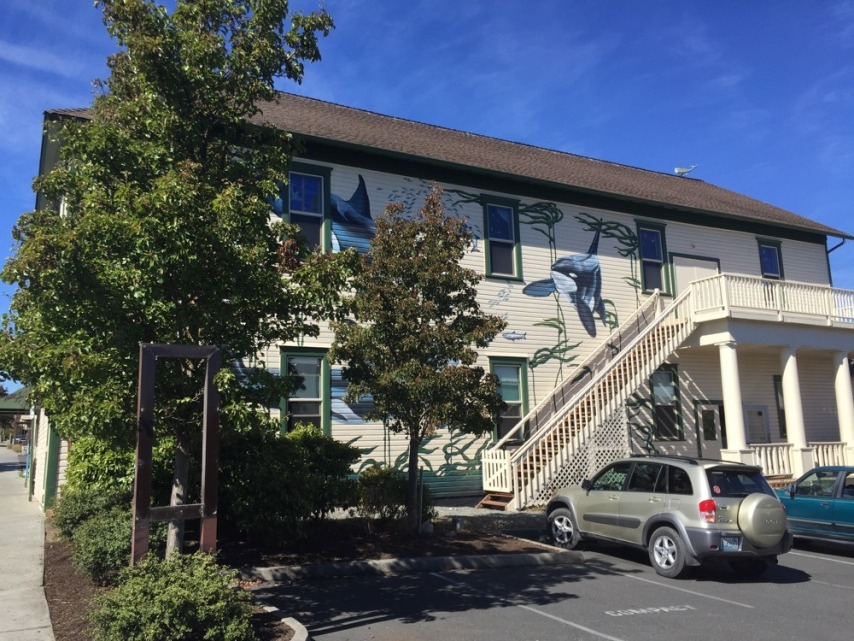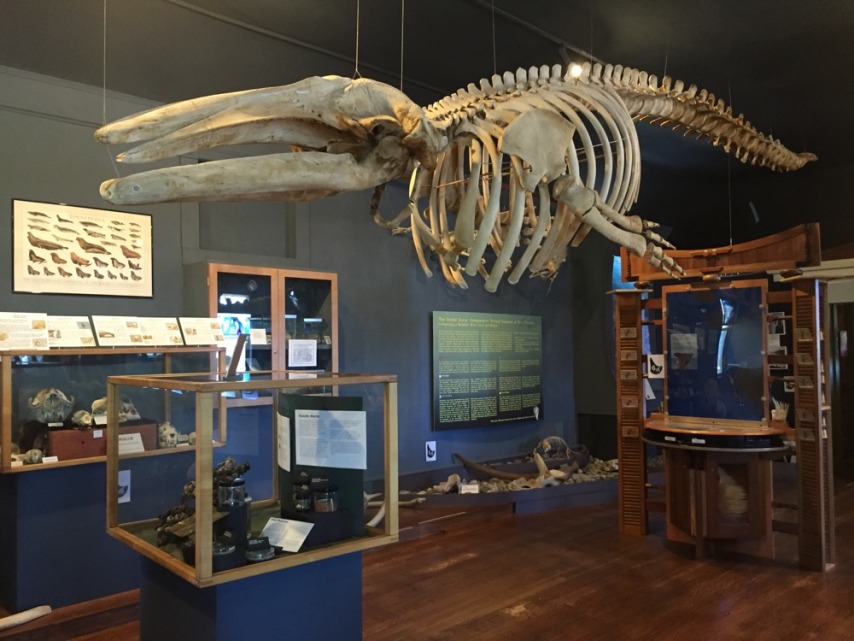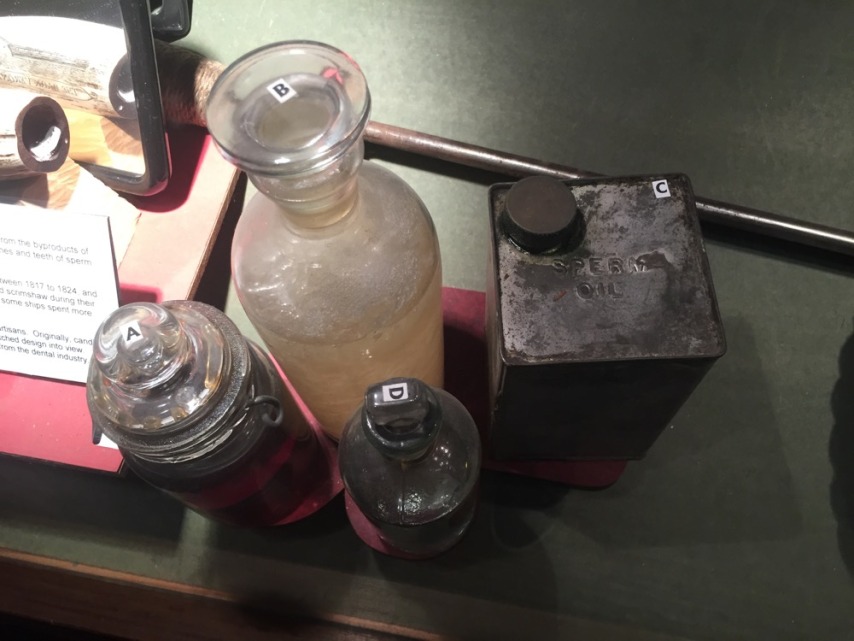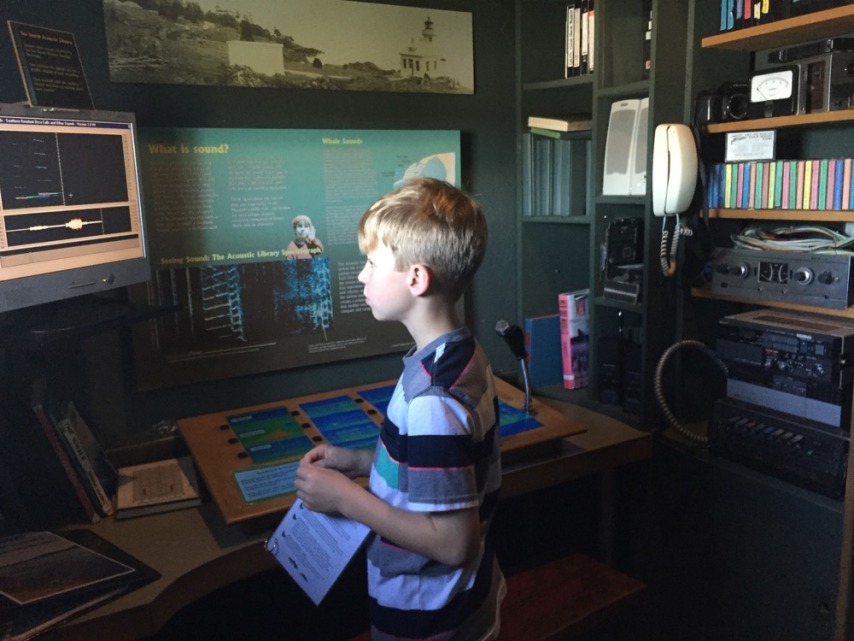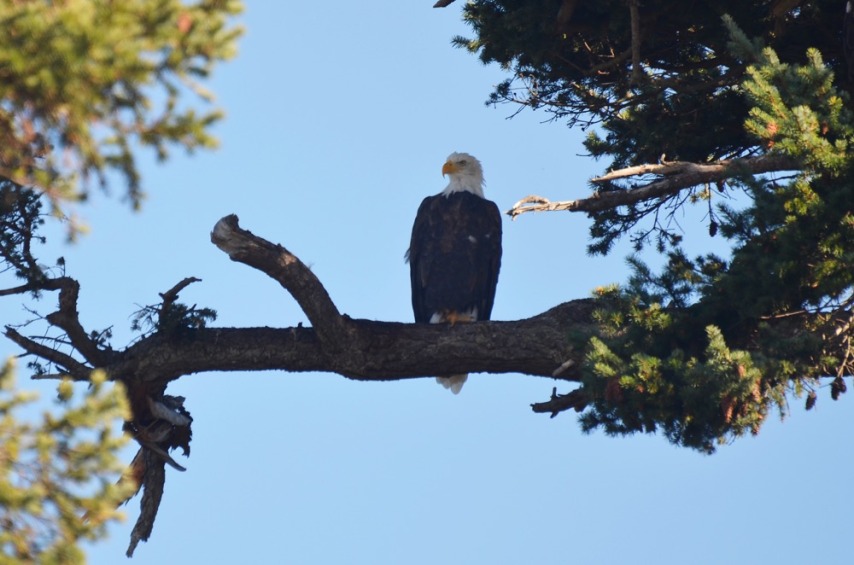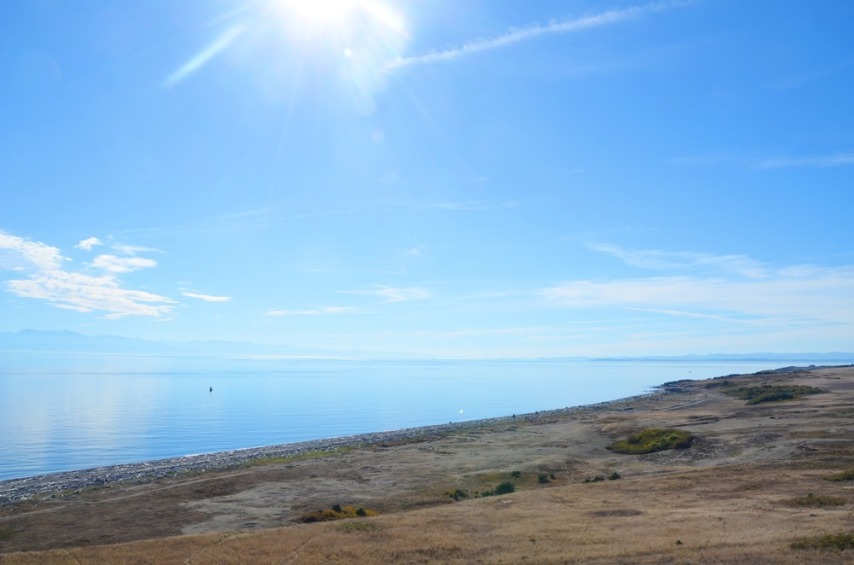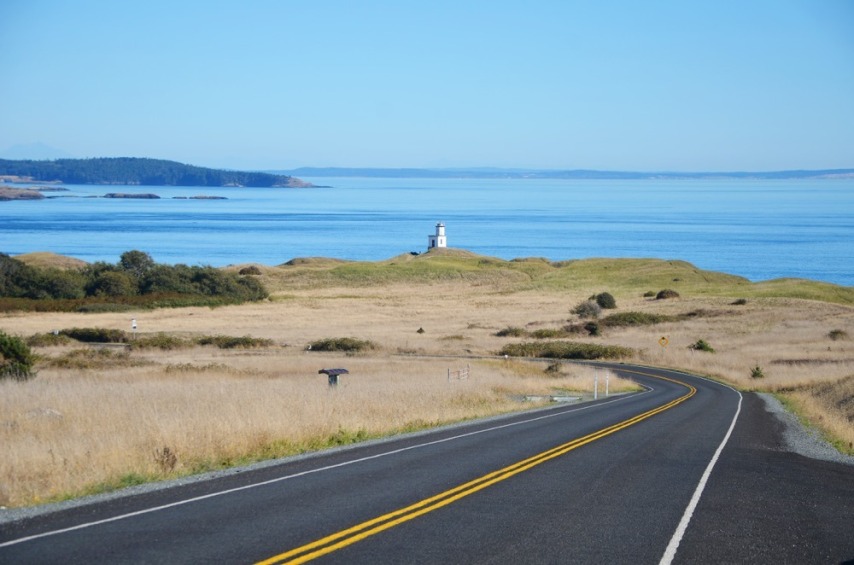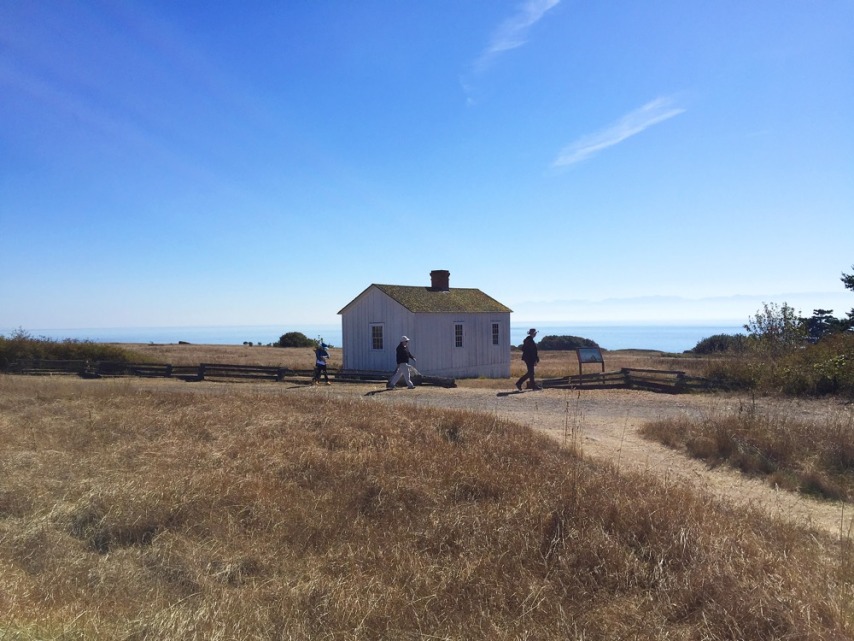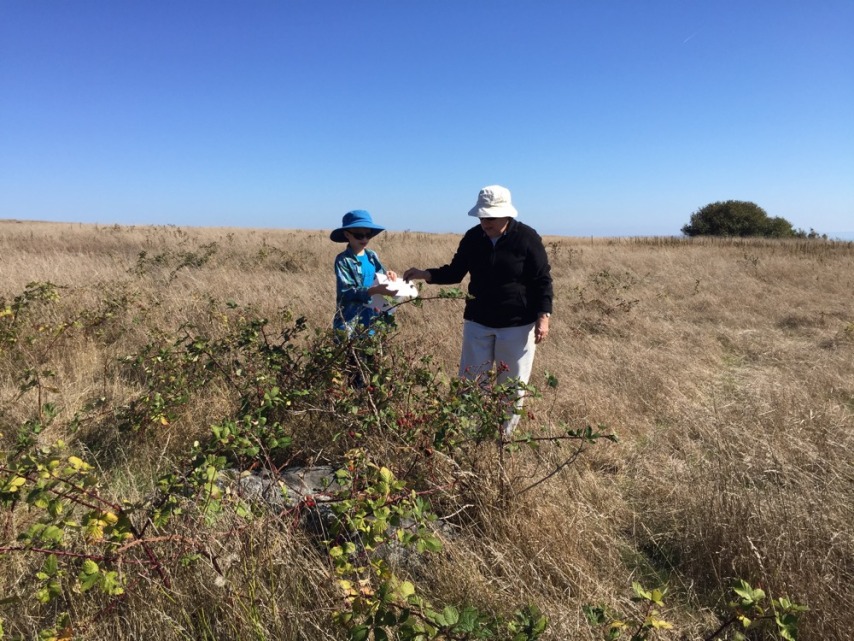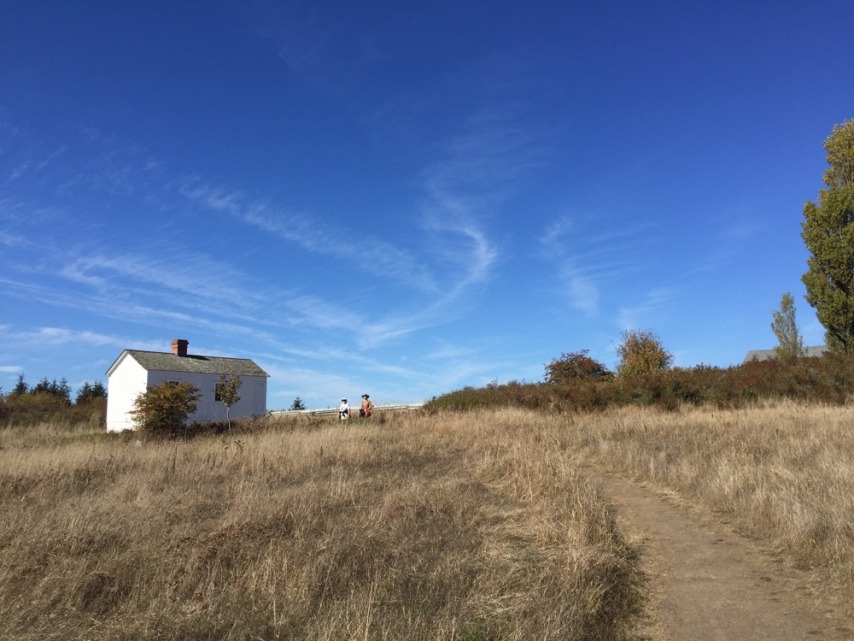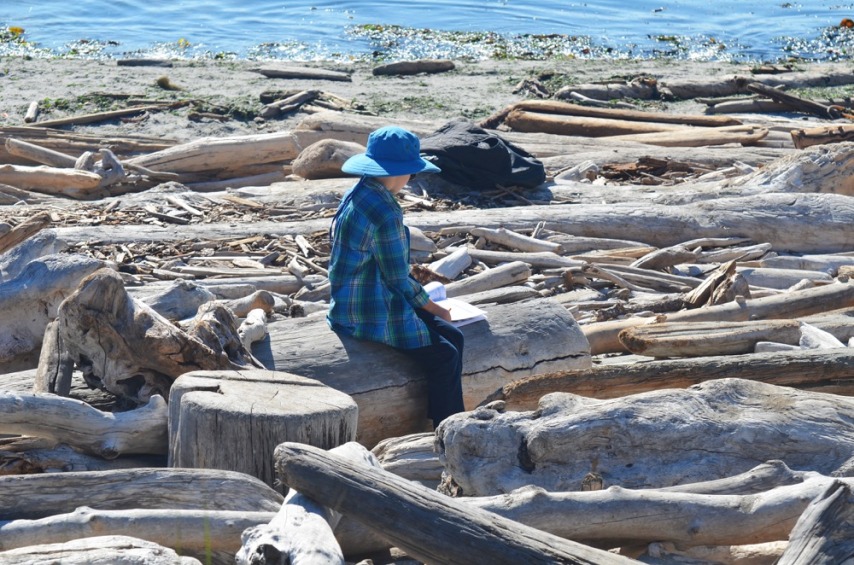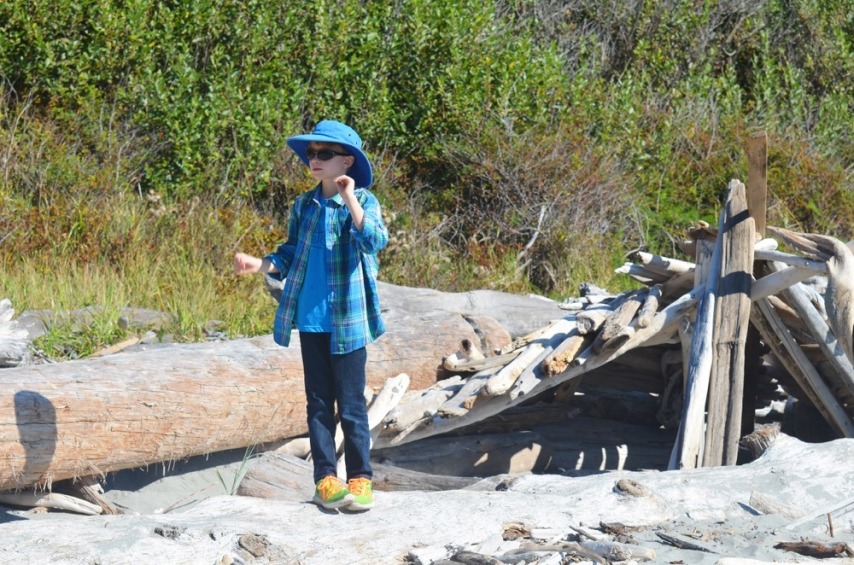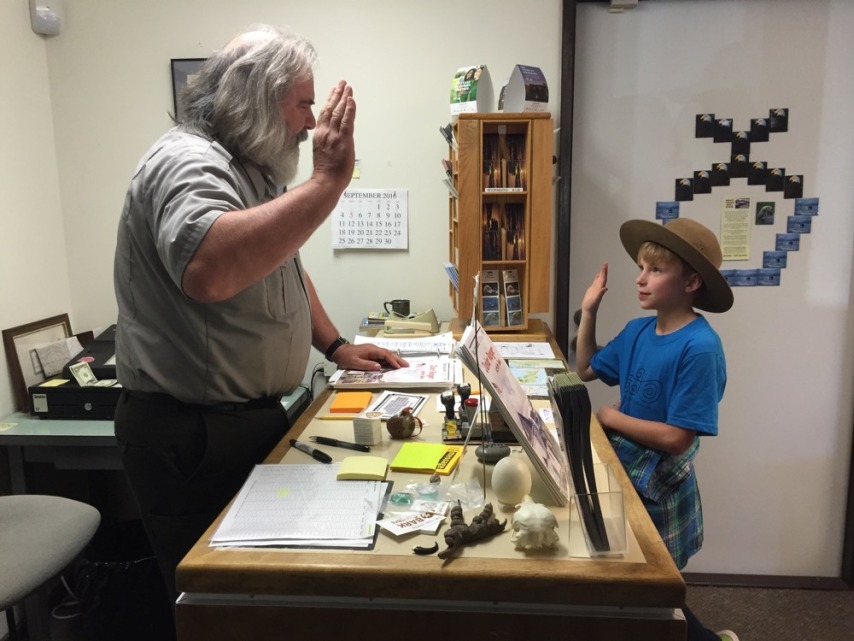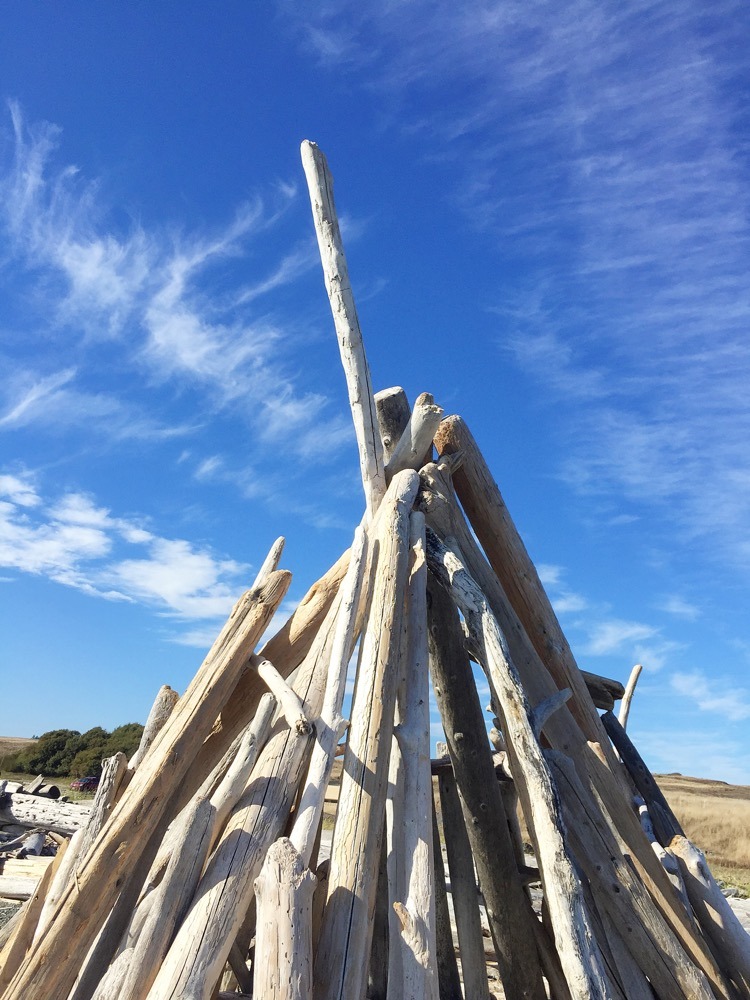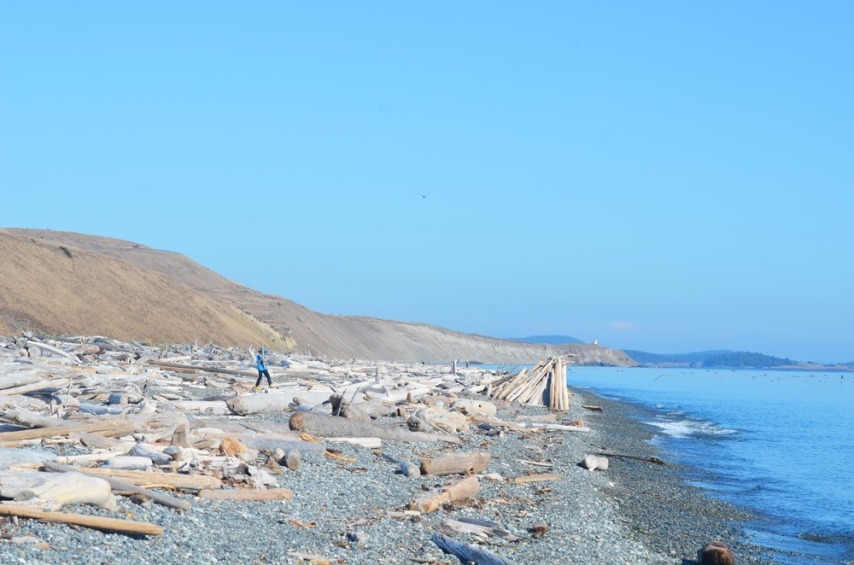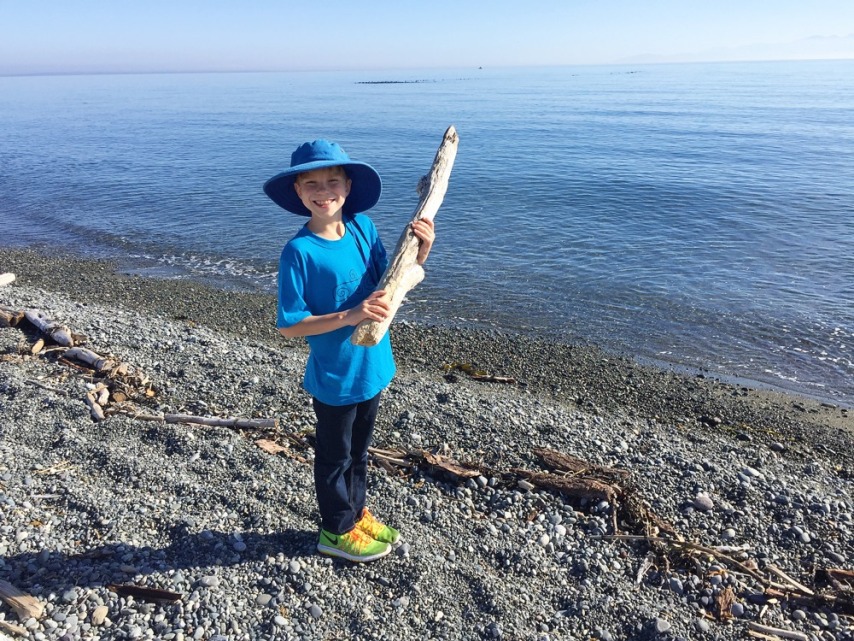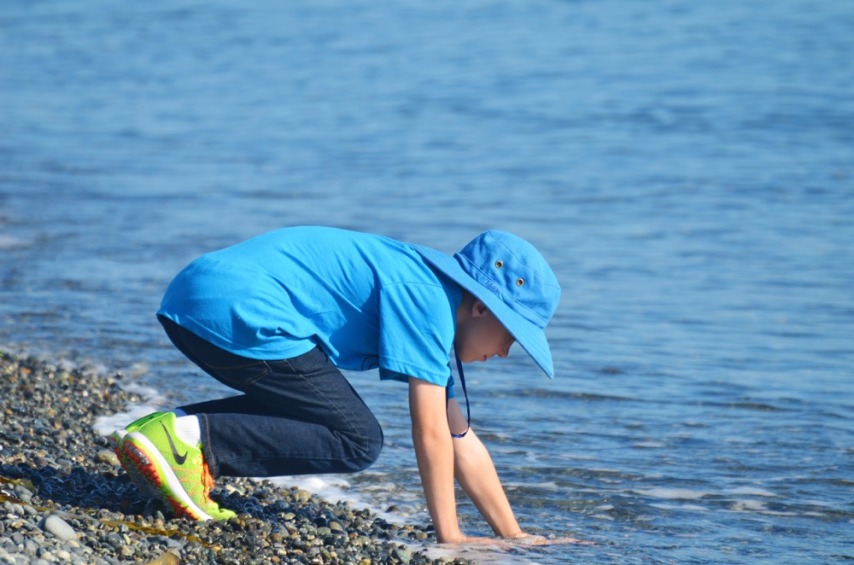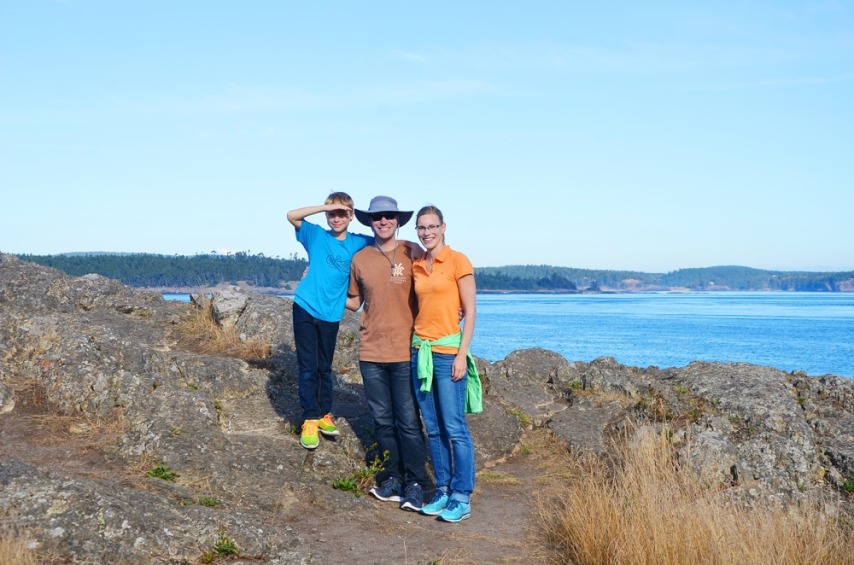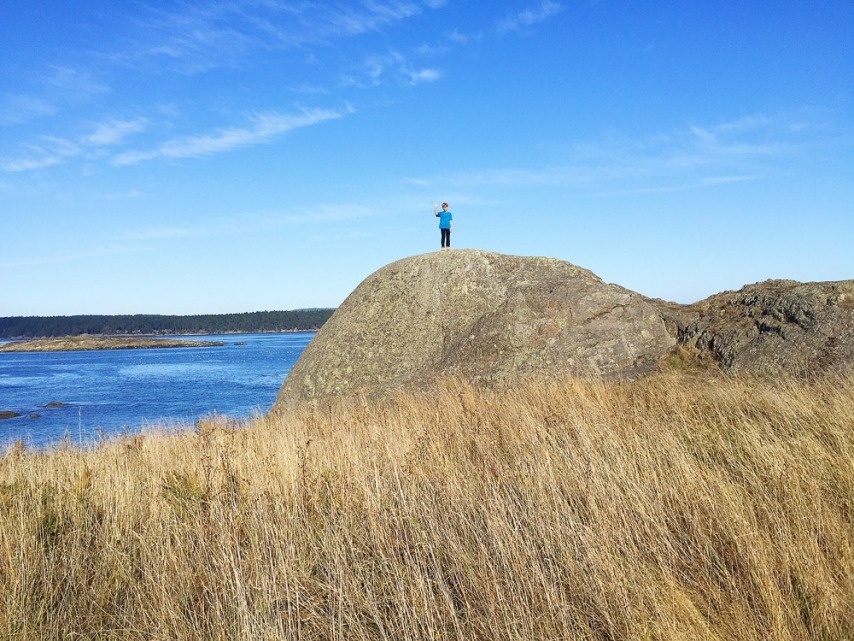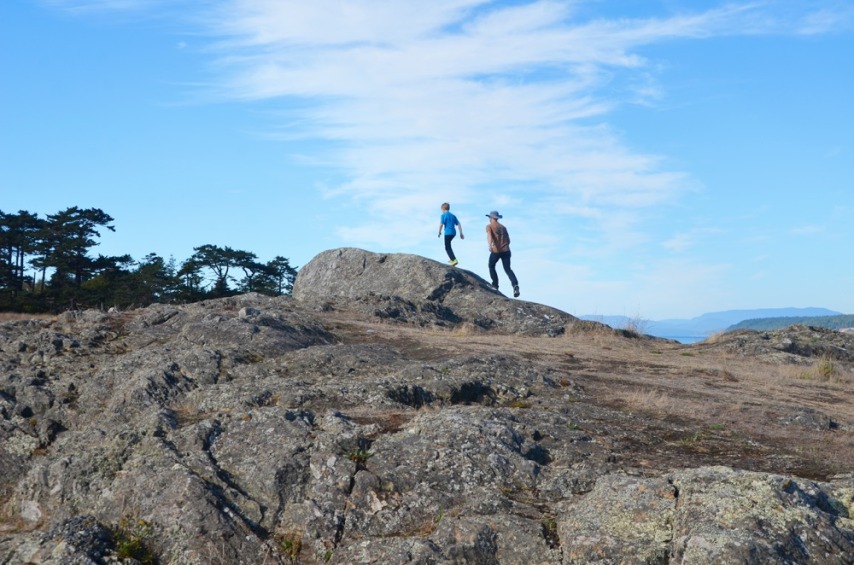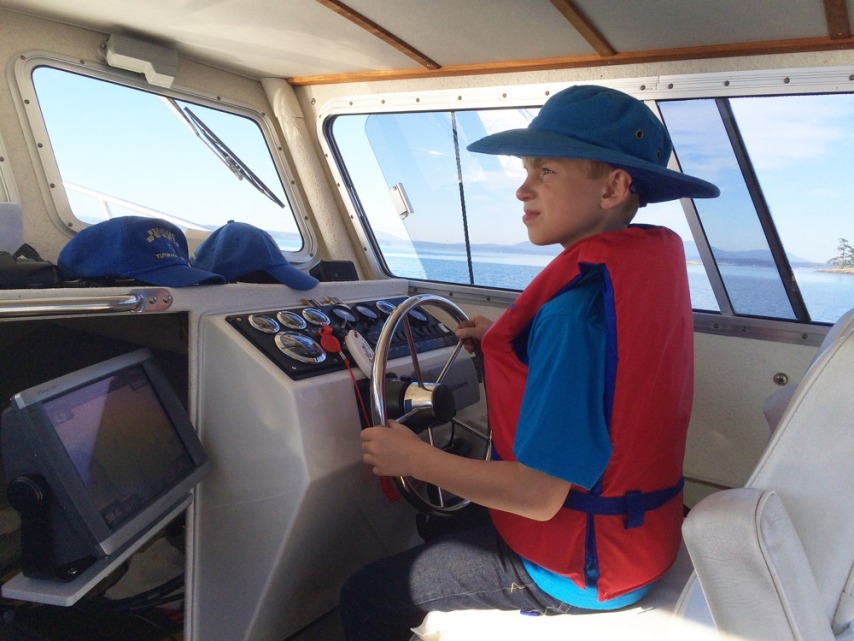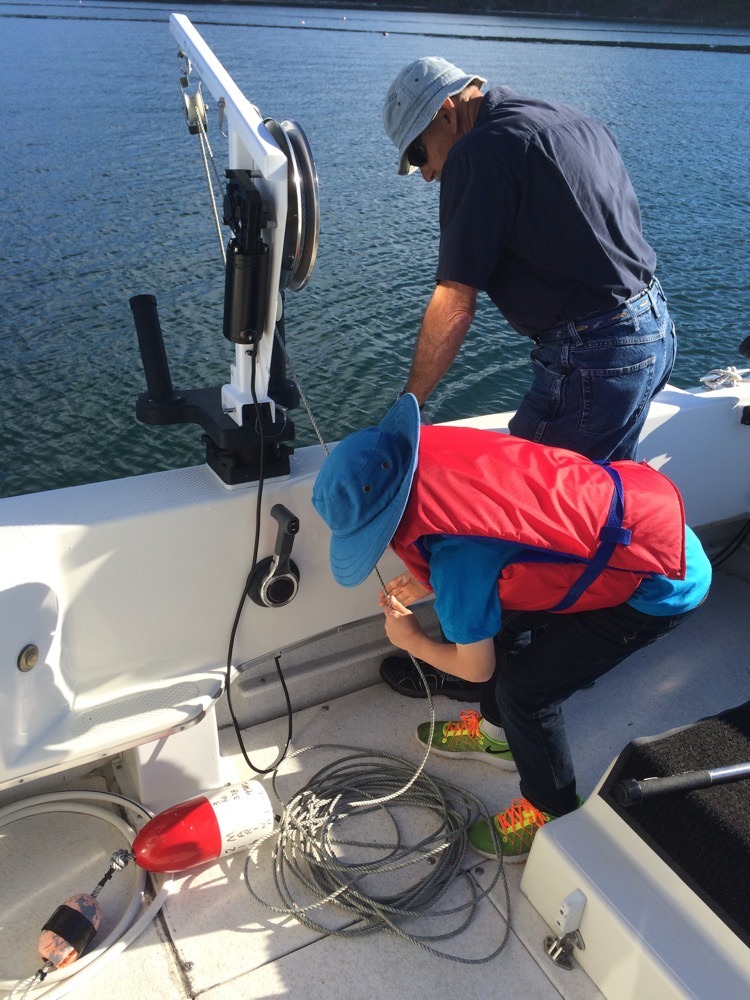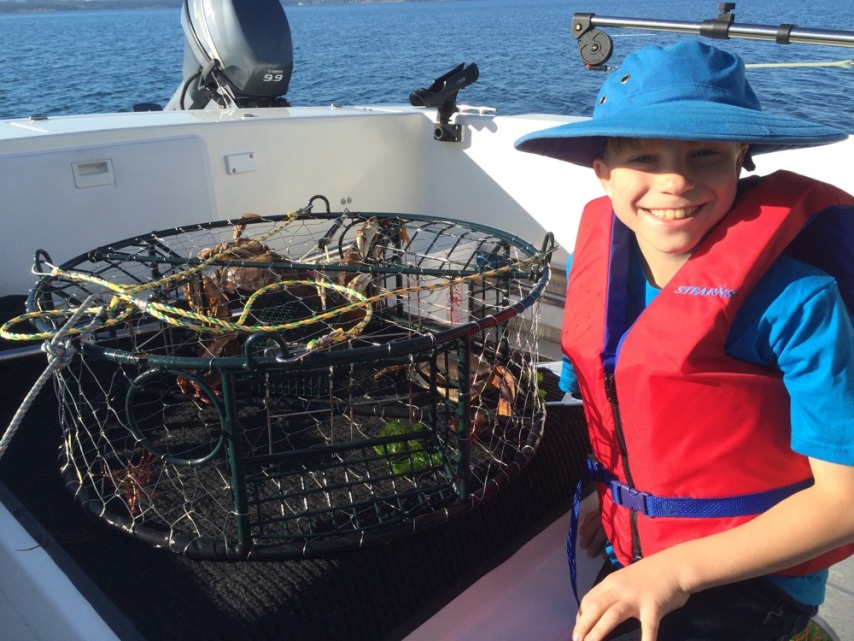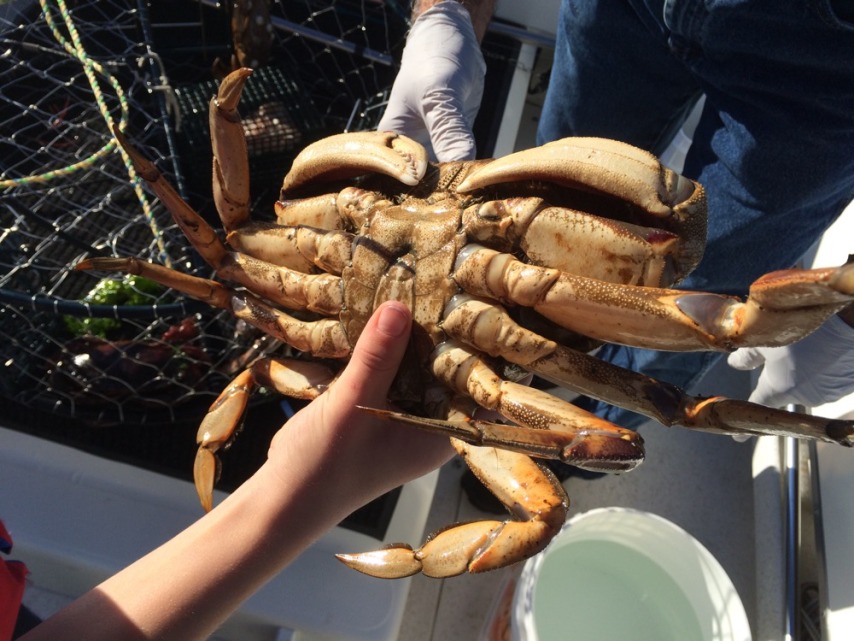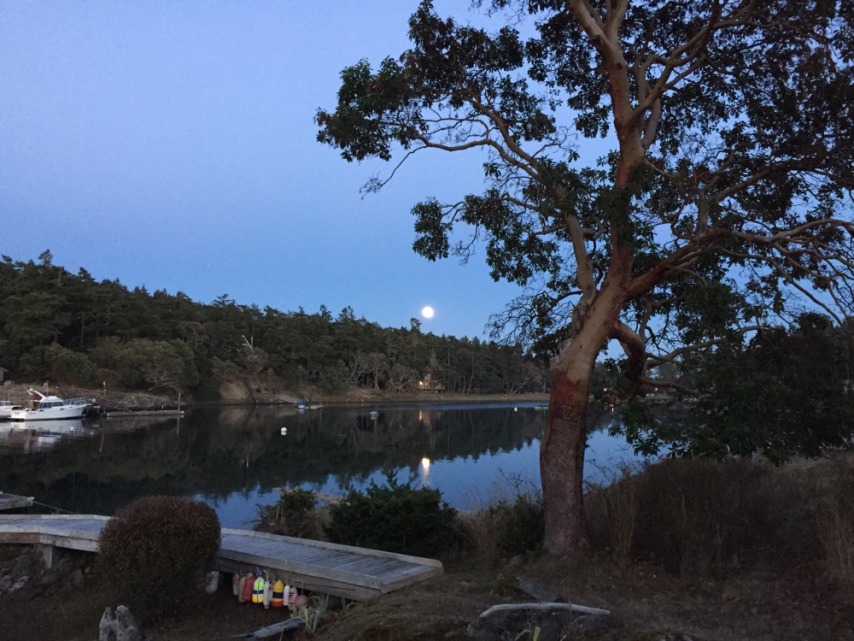Entries in wildlife (100)
Getting back to nature
Michigan spring is always iffy, but this year has been particularly offensive. In late February we were enjoying highs in the shorts range, and the warming trend continued, albeit sporadically, so as to fool us all into expecting a warm, early spring. The tree buds were early, the tulips were early, the grass was already greening. Then good old Mother Nature ripped the rug right out from under us and sent us, not even beautiful late snow, but nasty, wet, cold, cold, cold weather. The kind of cold that doesn't necessarily nip, but absolutely chills you to the bone. Plus drizzle, and ice rain, and sleet, and slush. It didn't help that we were, once again, battling respiratory crud, thank you public school experience. So only in the past week or two have we ventured back to our favorite birding spots and daydreamy woods spots, with the late morning sun just beginning again with the promise of warmth and rebirth.
 bird watching,
bird watching,  hiking,
hiking,  nature,
nature,  wildflowers,
wildflowers,  wildlife
wildlife San Juan Island, an awayschooling family travel log
Monday—travel to San Jaun
Up well before the sun and out the door with its rise. Our flight left at 10:30, but we like to be plenty early. The flight to Seattle was easy and we landed with plenty of time to spare. Plenty enough time for a wine and smoothly stop at an airport bar and some good reading (Moby Dick—I'm finally going to do it!), and we were off to the island on a 10-seater plane. We made it. Aunt Cookie and Unlce Michael picked us up with snacks in teh car. They live ten miles from town, and a beautiful ten miles it is. n our drive home alone we saw black-tailed deer, rabbits, and a fox who waits for people to stop and feed him, so he's this close to you, always. Back at "home" we fed the black-tailed deer, practically by hand. Also an Anna's hummingbird and local sparrows. Their inlet is beautiful—serene and lovely. Our first fun (or second, or even third, if you count the wildlife) was to go right out on the boat to retrieve the crab pots put down earlier in the day. No keeper crabs, but several to put back, which Calvin helped with in great delight. And after that work was done, we took a spin around a rocky island to see the Harbor Seals and sea birds (gulls and Oyster Catchers and a Great Blue Heron). Back on land, a delightful dinner of salmon far surpassing any store bought fish, and after dinner a trip down to the dock with flashlights to view the night aquarium: the sea anemone, shrimp, ghost shrimp, and a fascinating array of zooplankton that call the area around and under their dock home, viewed to best advantage after dark with flashlights. We are exhausted but content.
Tuesday
Up earlier than expected (or later than expected if you consider that it was already eight back at home), and nothing is boring here. The sun rises to reveal wildlife galore on the serene inlet: Blue Herons, gulls, grebes, the hummingbird is back, and the deer want their breakfast. Before anything else this morning, Uncle Michael and Calvin disappeared into the Radio Room (where all his radios are kept) and made contact with the outside world. They did this for a first time last night, and I'm not sure I've seen Calvin so thrilled about something in a while. After that and breakfast, our first order of business today was a hike up Mt. Young—a moderate hike with beautiful views at the top. Then lunch at the northwest end of the island, at the marina in Roche Harbor, a stop to get Calvin a fishing license, and a stroll among the marina boats—not unlike the Lake Michigan boat collections, although skewed to the larger side as a whole. After lunch? A stroll in the woods to a hilarious mausoleum (I'm sorry, I can't hep it: the people were buried in chairs around a table). The stroll and the woods were beautiful. On our way back to the southeast tip of the island we stopped at English Camp National Park, the English encampment from the pig war (which we will learn more about from the American Camp side in a couple of days), where we sighted an Osprey and some enormous Maple trees of a special breed, and then at Lime Kiln State Park, where we found Harbor Porpoises, Harbor Seals, Ravens, and beautiful water views. The day was so beautiful, and our hosts so accommodating, that when we got home we headed right back out on the boat in search of sea lions. And wouldn't you know? We found them exactly where we'd hoped they'd be! Yet the seals from yesterday were not on the island where we'd left them; it's as if the wildlife is on parade expressly for our pleasure. Crab and steak for dinner before collapsing into exhausted sleeps.
Wednesday
This morning started almost as early as yesterday, but I have hope that we may adjust to the time, probably just before heading home. This morning all three guys went out for a fishing adventure (Calvin caught 5 king salmon, but all just too small to keep), while I sat and watched the inlet wake up before Aunt Cookie and I went for a walk to the beach where the driftwood is the size of a mast head (reading Moby Dick, remember?) and covers the entire shore, then up a grassland hill and through a forest of still more sizeable trees. After a companionable lunch together, our family of three went into town to the whale museum there. It was a thrilling stop, especially since we are reading Moby Dick, and I believe the artifacts from Melville era American whaling vessels may have delighted Calvin as much if not more than the bleached bones suspended from the ceiling. On our way back we spotted a bald eagle in a pine near the road where we stop every day to visit the fox we now refer to as Tommy. And after a relaxed happy hour at home it was back to town for Thai dinner (yum!), and before bed another go at the ham radio. Those two, Uncle Michael and Calvin, are now referring to themselves, and each other, as hamsters.
Thursday
Our final full day on the island. It started out like yesterday with the guys out on the boat, only this time their efforts yielded not even a thing to throw back, only the hope of later crabbing success in the pots they put down. And again Aunt Cookie and I hiked, this time to the top of the hill that is big enough to have its own name: Mt. Finlayson. Lunch was a calm affair at home, and then we shoved off to see the last of the island parks: American Camp, South Beach, and Cattle Point. At American Camp (vast, coastal grassland with more rugged, debris strewn seashore) Calvin proudly earned his Junior Ranger Badge by learning about the Pig War and exploring the park in great detail. At South Beach (more coastal grassland but made largely barren due to an overabundance of rabbits) we observed Surf Scoters diving en masse for their food while Calvin combed for rocks and constructed with the smaller pieces of wood. And at Cattle Point Glacier Learning Center we observed glacial striation on the exposed rocky outcrop, which we also enjoyed climbing upon. Back at home a boat ride out to the crab pots yielded the promise of a fresh dungeness crab dinner! So Calvin was able to participate in the entire process from dropping the pots through collecting them, killing, cleaning, and cooking the crab, and finally to cracking and eating it. For our final night we took another trip to the night aquarium (back to the dock with flashlights), another hour on the ham radio, and music and dancing late into the night.
Tomorrow we leave the island for peninsula. I have no doubt that our adventure will be as exciting there, but it is hard to leave our time here with family and all the enriching experiences they so lovingly provided. I have always referred to these trips as our fall awayschooling adventures, but when we left for this one I had no idea how great the learning part of the adventure would be. For Calvin especially the time on the sea alone has been wholly new and enriching, a time submerged in a new vernacular and a new way of living, plus the radio time, the American history time, and all the physical activity. I call it science, history, ecology, and even art. Plus the reading—this really was a great time to tackle Moby Dick together.
To be continued in our travel log on the Olympic Peninsula...
 American history,
American history,  awayschooling,
awayschooling,  family,
family,  hiking,
hiking,  history,
history,  national parks,
national parks,  travel,
travel,  wildlife
wildlife 